The dromedary belongs to the Camelidae family. The dromedary is a large quadruped that weighs up to 600 pounds.
On its back it has a big hump. From the top of the hump to the ground, a dromedary can exceed 2 meters in height. The dromedary is common in most arid and hostile areas of the world, such as North Africa, the Arabian Peninsula, and the Australian outback. In fact, its natural habitat is the desert. The dromedary is an herbivore, but the desert vegetation is sparse. When the dromedary eats, its body accumulates part of the nutrients in its hump. During periods of fasting, the body of the dromedary draws on the accumulated fat. This allows the dromedary to stay in business without eating for a week. Water is also very rare in the desert. Like its closest relative, the camel, the dromedary also has some features that enable it to accumulate as much water as possible. For example, it can drink up to 100 liters in just 10 minutes.
Furthermore, unlike most mammals, the dromedary has ovular red blood cells rather than round blood cells. The elongated shape of the cells allows blood to continue to flow, even if it contains little water and can become very dense. The dromedary lives almost exclusively in captivity. However, in Australia, there are groups of dromedaries that have been re-introduced to the wild.
The gestation period for the dromedary usually lasts 12 months. Usually, every female gives birth to a single pup. The baby is nursed for about a year. Resistant to hunger, thirst, and extreme temperatures, with the ability to cover 150 miles in a day and carry loads of 200 pounds, the dromedary is a workhorse most suited for desert areas. It is called the ship of the desert.
On its back it has a big hump. From the top of the hump to the ground, a dromedary can exceed 2 meters in height. The dromedary is common in most arid and hostile areas of the world, such as North Africa, the Arabian Peninsula, and the Australian outback. In fact, its natural habitat is the desert. The dromedary is an herbivore, but the desert vegetation is sparse. When the dromedary eats, its body accumulates part of the nutrients in its hump. During periods of fasting, the body of the dromedary draws on the accumulated fat. This allows the dromedary to stay in business without eating for a week. Water is also very rare in the desert. Like its closest relative, the camel, the dromedary also has some features that enable it to accumulate as much water as possible. For example, it can drink up to 100 liters in just 10 minutes.
Furthermore, unlike most mammals, the dromedary has ovular red blood cells rather than round blood cells. The elongated shape of the cells allows blood to continue to flow, even if it contains little water and can become very dense. The dromedary lives almost exclusively in captivity. However, in Australia, there are groups of dromedaries that have been re-introduced to the wild.
The gestation period for the dromedary usually lasts 12 months. Usually, every female gives birth to a single pup. The baby is nursed for about a year. Resistant to hunger, thirst, and extreme temperatures, with the ability to cover 150 miles in a day and carry loads of 200 pounds, the dromedary is a workhorse most suited for desert areas. It is called the ship of the desert.
RELATED


METEORS


PULSARS


TEETH


EOLIC
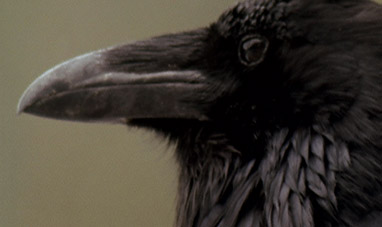

RAVEN
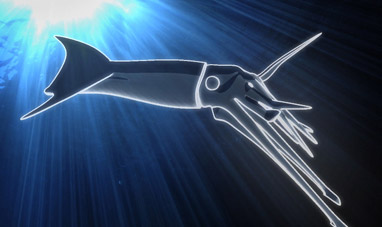

SQUID


ARCHIMEDES' PRINCIPLE
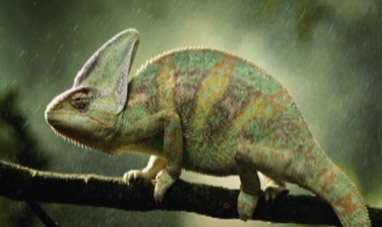

CHAMELEON


OIL


AIDS


CATERPILLAR
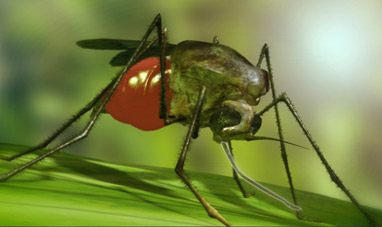

MOSQUITO


PENGUIN


CARS


QUANTUM PHYSICS
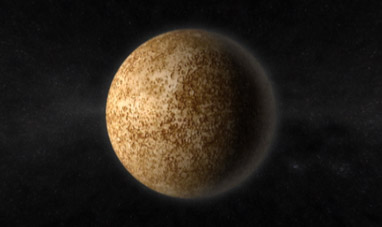

MERCURY


STARFISH


GOOGLE


GALAXIES


ELECTRIC CAR


SEAL


THE HANDS


THE DIGESTIVE SYSTEM
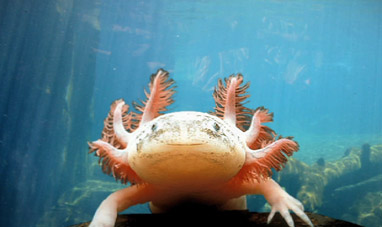

AXOLOTL


DOLPHIN


SHEEP


SALMON
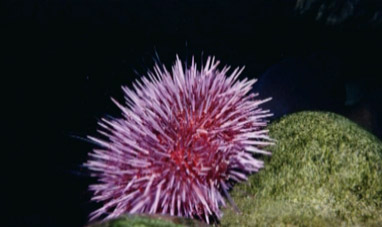

SEA URCHIN


CHEMICAL BONDS
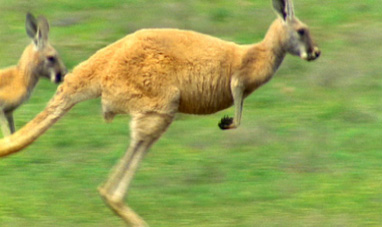

KANGAROO
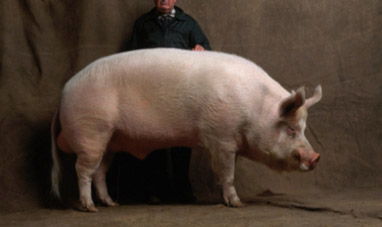

PIG
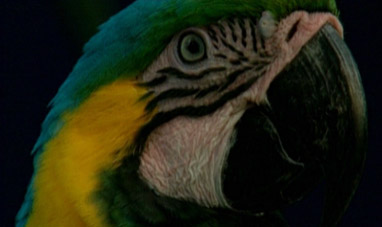

PARROTT


THE RESPIRATORY SYSTEM


HOW LONG DO WE LIVE?
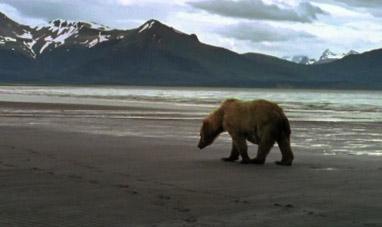

BEAR


AMAZON
